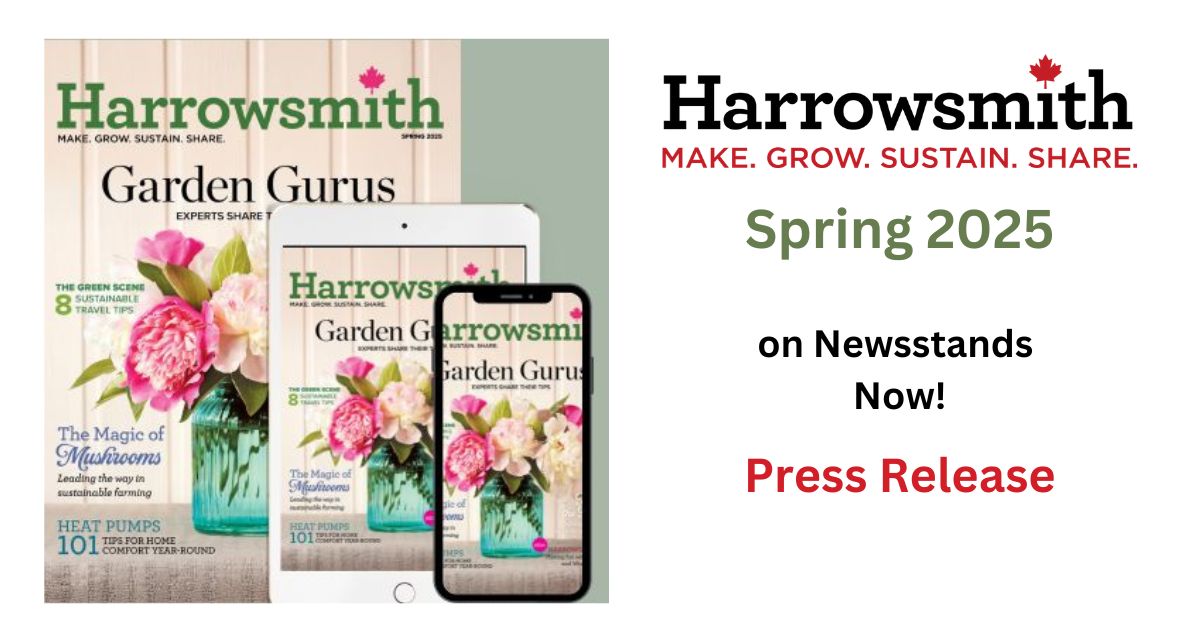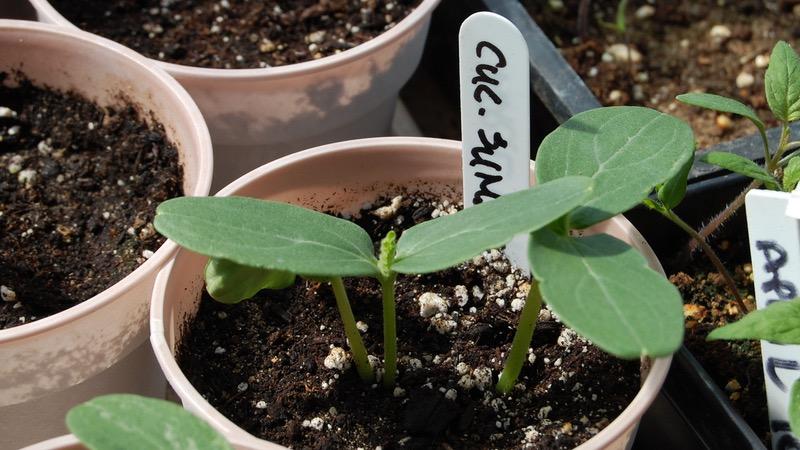Fragrant plants play a significant role in a garden, enriching the overall sensory experience and elevating its ambiance, as well as attracting beneficial pollinators like bees and butterflies and contributing to a healthy ecosystem.
The importance of these plants lies in their ability to evoke powerful emotions and create lasting memories. The delightful scents released by fragrant plants can instantly transport us to different places, trigger nostalgia, and enhance our connection with nature. Here are some of our top picks:
Phlox (Phlox paniculata) The flowers produced by garden phlox are outstanding by any standard. They grow to about 70 cm tall, and sometimes the blooms are so big that they can be mistaken for hydrangea, and butterflies and hummingbirds love their nectar. These perennials are hardy to zone 4.

Bee Balm (Monarda) This magnet for many insect pollinators is growing in popularity. It is native, blooms from mid-summer through early fall (up to 6 weeks), is hardy to zone 4, and, like other native plants, it is insect and disease resistant. Bee balm has roots that spread quickly underground and will move through the garden, finding new places to grow (they are in the mint family, after all).

Daylily (Hemerocallis) ‘Fragrant Returns’ There are very few daylilies that are truly fragrant, but this is one, and you should look for it by name. It grows to 50 cm and thrives in full to partial sun. Very winter hard (a zone 3 plant), it blooms from early summer through to mid-fall. Daylilies are among the easiest perennials to grow, and after a few years, you can dig them up, divide them and move the divisions around your garden.
Delphiniums (Delphinium) Growing to a metre to two metres high, depending on the variety, all delphiniums are fragrant, beautiful and rebloom when you cut them this time of year —‘they are a favourite mid-summer wedding flower. Because they tend to grow well for three or four years and then disappear or simply decline, we recommend that you plant new ones every three years.

How to Create a Cottage Garden
Hostas (Hosta) Look for the varieties ‘Fragrant Bouquet’ (yellow-green leaves), ‘Aphrodite’ (white flowers) and ‘Guacamole’ (light-green foliage, white flowers) for the sweetest fragrance. (Not all varieties have a strong scent.) Cut the blossoms to enjoy indoors but leave some on the plants for the hummingbirds that are attracted to them. They are hardy to zone 3 and do well in part sun to shade.

Russian Sage (Perovskia atriplicifolia) Every sunny garden, with a couple of square meters to spare, should have at least one Russian sage. Their purple blossoms last for up to 8 weeks, mature about a meter high, are hardy to zone 4, tolerate periods of drought and heat, attract butterflies and hummingbirds and — you guessed it —they are fragrant.
Mark Cullen is an expert gardener, author, broadcaster and tree advocate
and holds the Order of Canada. His son, Ben, is a fourth-generation
urban gardener and a graduate of the University of Guelph and Dalhousie
University in Halifax. Follow them at markcullen.com, @MarkCullen4
(Twitter) and @markcullengardening (Facebook) and look for their latest book, Escape to Reality.
Follow them at markcullen.com, @MarkCullen4, facebook.com/markcullengardening and biweekly on Global TV’s national morning show, The Morning Show.












